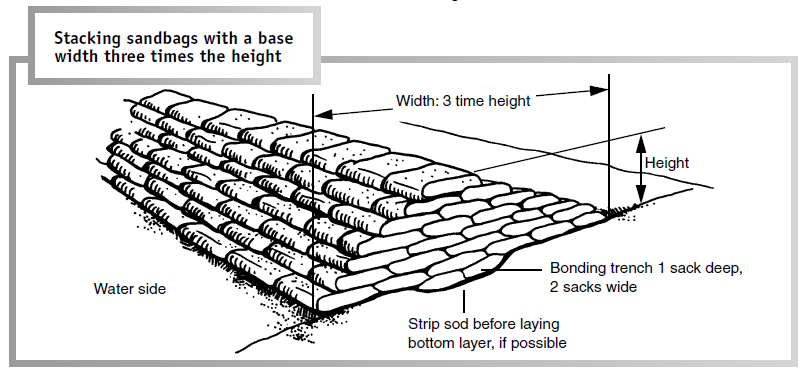The Retention Wall Calculator has functions and data items to compute the number of block, railroad ties, 6x6s, 4x4s, stone for gabion baskets and numbers of sandbags for a retention wall.
Retention Wall Calculator Functions
- Blocks for Retaining Wall
- Railroad Ties for Retention Wall
- 4x4s for Retention Wall
- 6x6s for Retention Wall
- Boussinesq Equation for Wall Stress
- Horizontal Stress on Simple Retaining Wall
- Number of Sandbags Needed for a Dike or Wall
- Gabion Basket Wall
- Gabion Wall Ring
A Retention Wall is a vertical or diagonal wall structure used to retain soil or water at an elevated height on one side of the wall, keeping it above the natural level that the soil or water would achieve. Retention walls are used to create relatively flat areas such as roads or gardens that are cut into a hillside. Retention walls are also used as levees to keep water out of an area. The soil and moisture on one side of the wall exerts pressure (stress) on the wall. This is why the materials used must be appropriate for the application in both density and porosity.

